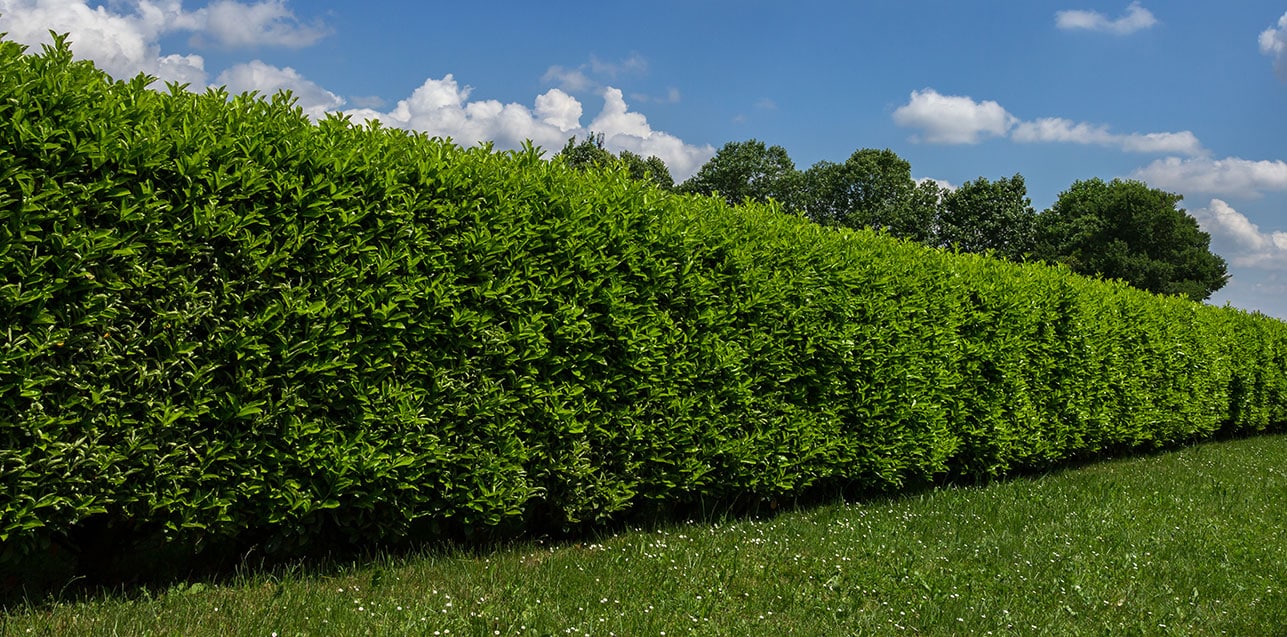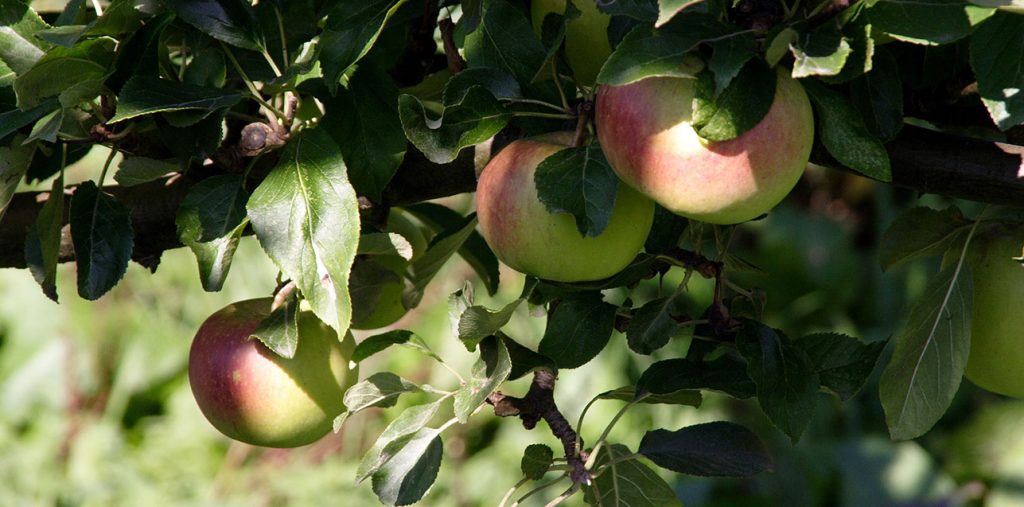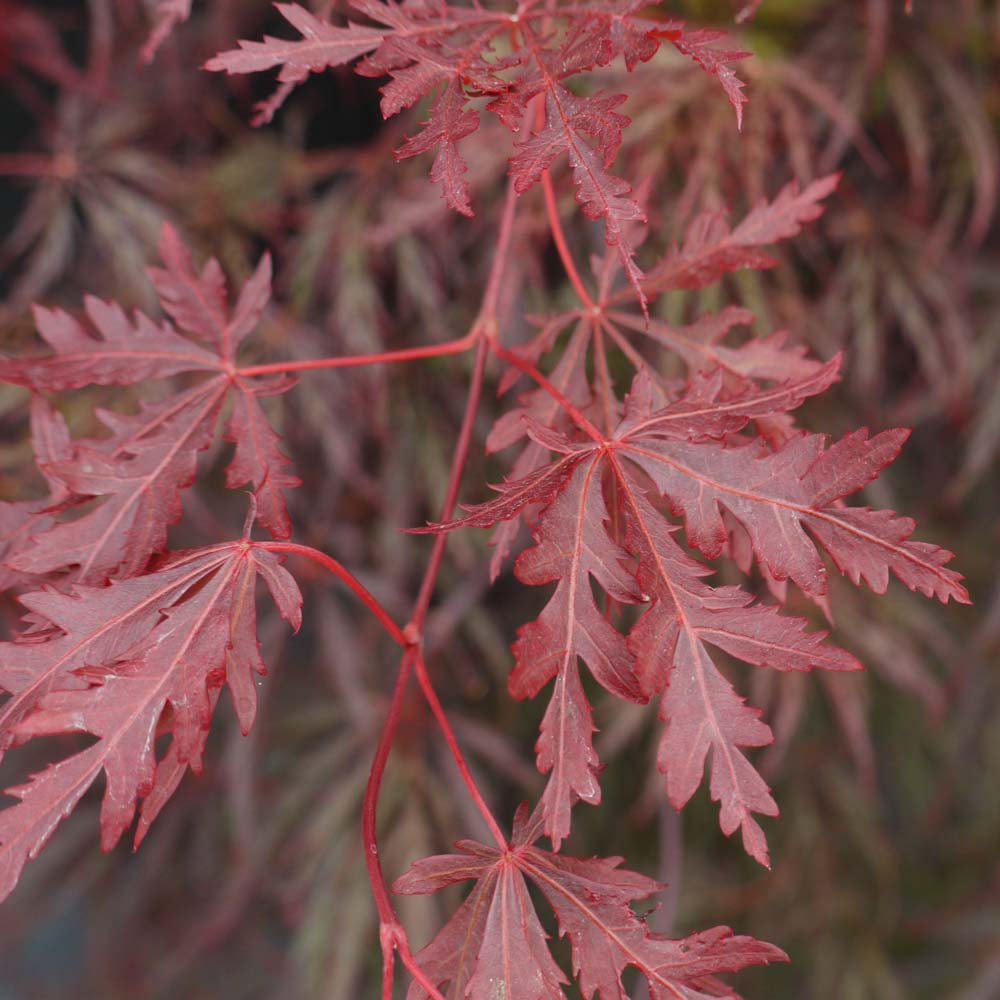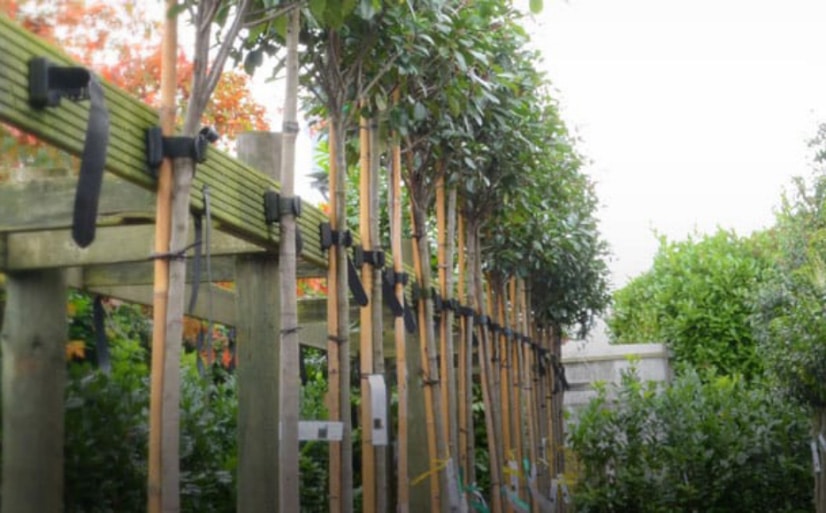Architectural plants bring bold, sculptural interest to any garden design. Typically evergreen, they offer year-round appeal and maintain strong visual presence through every season. To help you get started, we’ve put together a list of the best architectural plants to define your garden!
Why Choose Architectural Plants?
Architectural plants bring strong lines, height, and structure to your garden. From the sharp edges of a clipped hedge to the towering elegance of an upright evergreen, they create visual depth and draw the eye. Whether you’re aiming to add formality, highlight entrances, or define spaces with natural borders, these plants are an excellent choice.
1. Leylandii Pom-Poms and Spirals
These neatly shaped evergreens are a classic option. Their clean, structured forms bring balance and interest to a space, whether placed in pots or positioned beside doorways, gates, or pathways. They’re also easy to maintain with seasonal trimming.
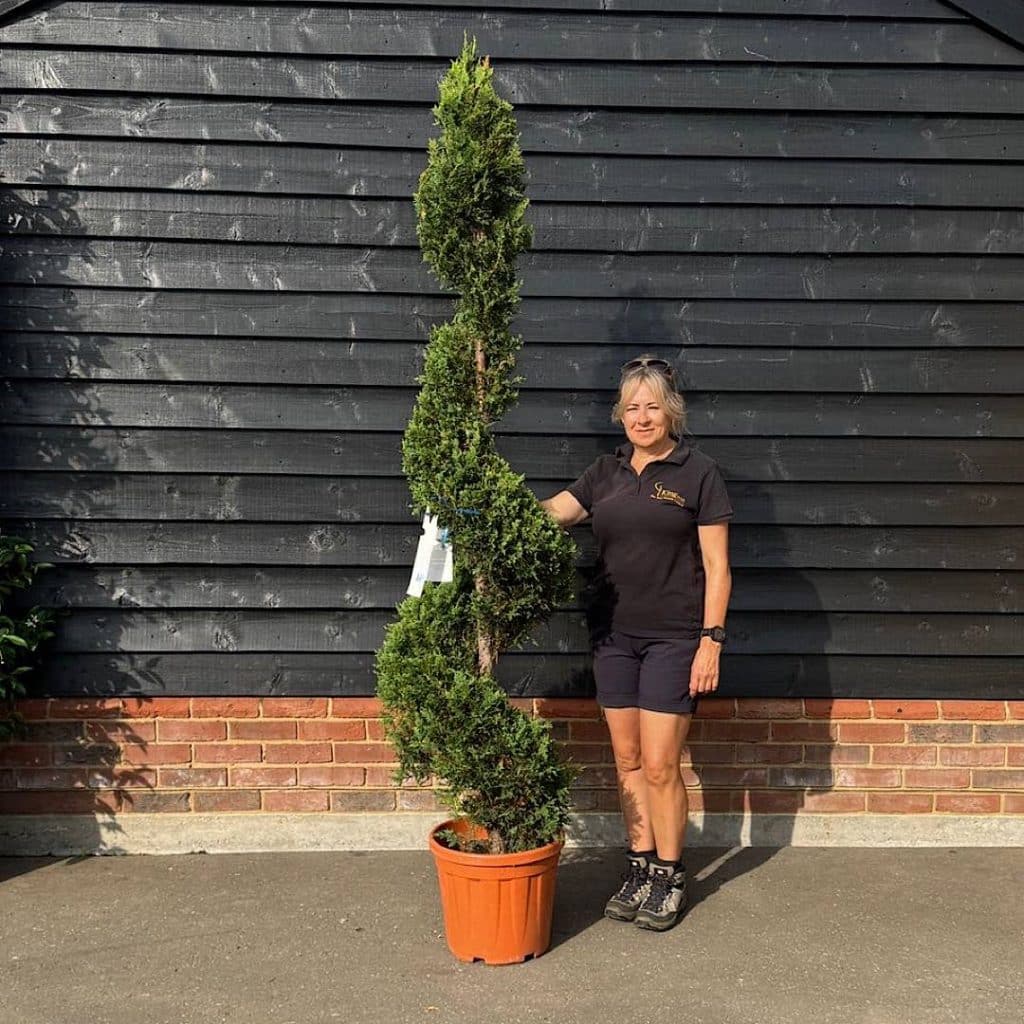
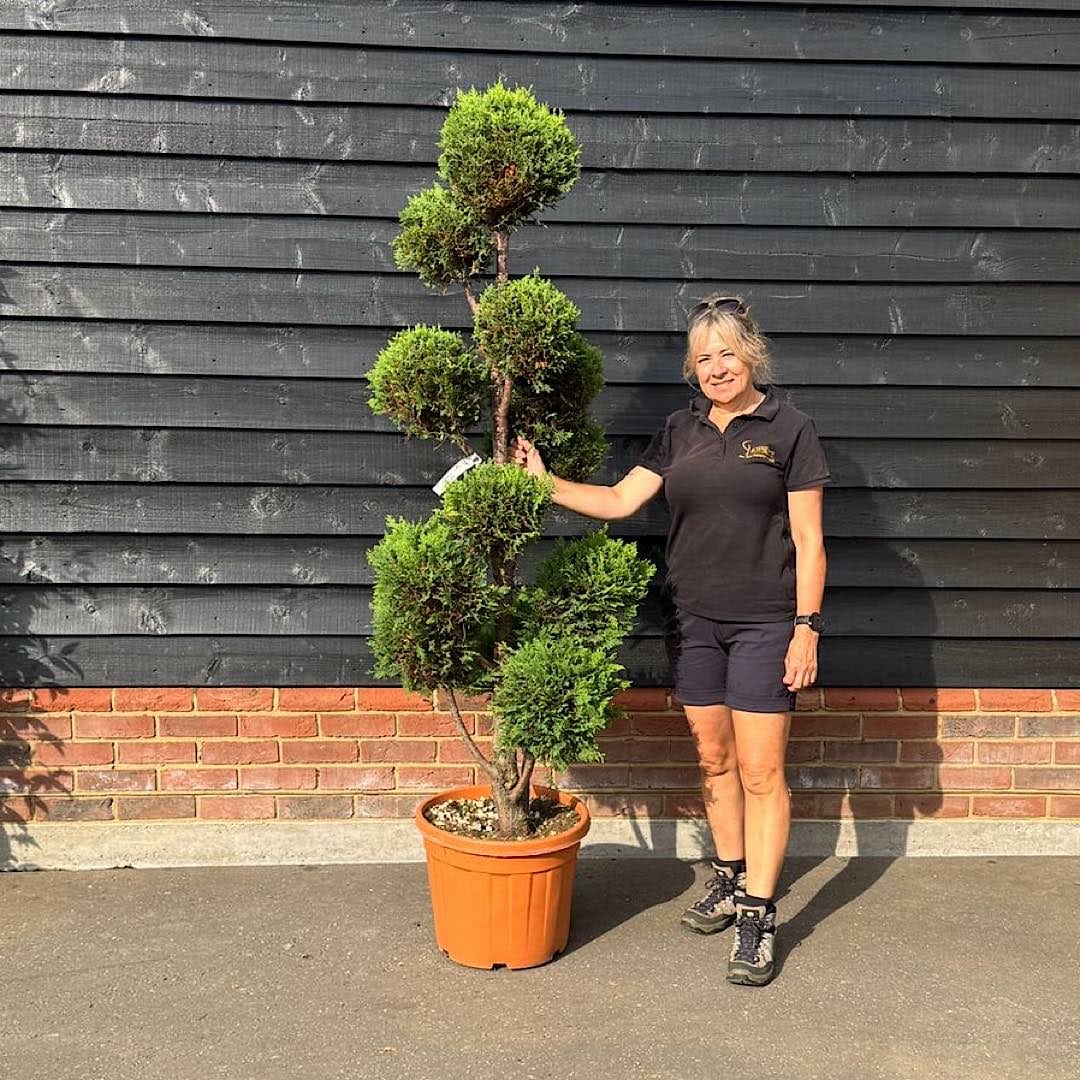
2. Italian Cypress (Cupressus sempervirens)
If you’re looking to add height and structure, Italian cypress is another great option. Tall and narrow, these trees work well along pathways, as natural borders, or to subtly draw the eye upward near patios and terraces. They’re especially well-suited to formal or Mediterranean-style gardens.

3. Euonymus
‘Bravo’ adds year-round interest with its bold, variegated foliage. These leaves, with their creamy-yellow edged leaves, also bring brightness and structure to landscapes. They are a great choice for garden borders, foundation plantings, or containers. Tough and adaptable, ‘Bravo’ has a dense, bushy form and responds well to trimming.
‘Benkomasaki’ is a slender, upright evergreen with a narrow, columnar shape and tidy appearance. With its small, deep green leaves and naturally vertical habit, it brings strong architectural lines to gardens year-round. Ideal for tight spaces, formal hedging, or container planting, ‘Benkomasaki’ offers structure without overwhelming surrounding plants.
‘Jean Hugues’ is an evergreen plant that brings dependable structure to the garden thanks to its dense, compact and upright growth. Its tough foliage handles trimming well, making it ideal for formal hedges, edges, low borders, or containers. Additionally, it’s often chosen as a substitute for Buxus (Box) since it resists both box blight and caterpillar.
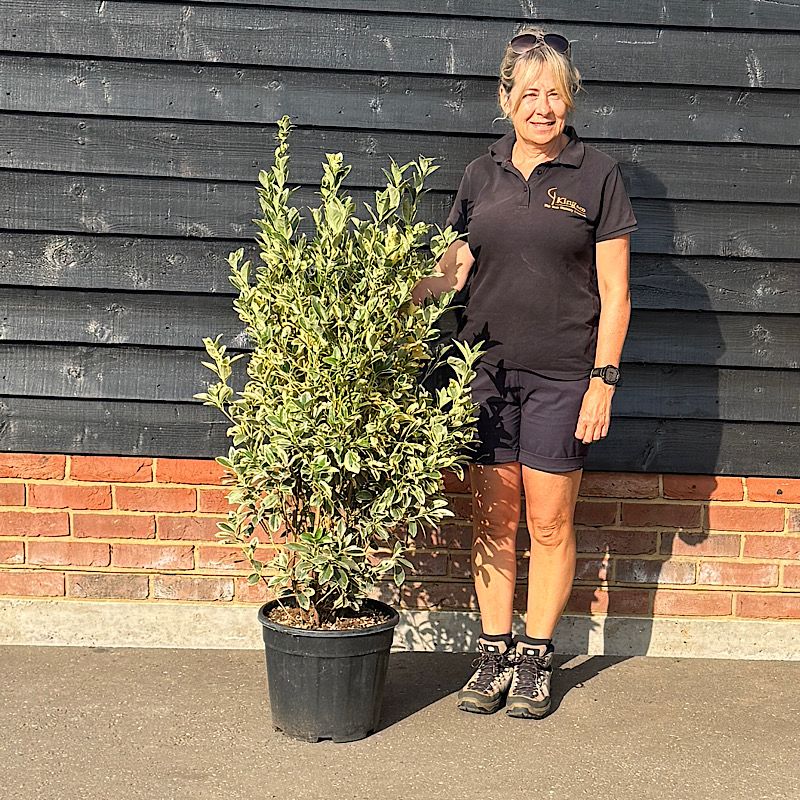


Ilex crenata, is another excellent alternative to box (Buxus), offering a similar look but with a resistance to box blight and box tree caterpillar. These neatly shaped evergreens are a classic choice. Their clean, structured forms bring balance and interest to a space, whether placed in pots or positioned beside doorways, gates, or pathways. They’re also easy to maintain with seasonal trimming.

4. Japanese maple (Acer)
Japanese maples work well in architectural planting schemes because they offer refined structure and striking form. Their elegant branching patterns create strong visual lines. In addition, their graceful silhouettes serve as bold focal points in the garden. As a result, they bring both order and beauty to formal layouts.
These are just a few of our favourite architectural plants to define your border. Check out part two for more suggestions!


